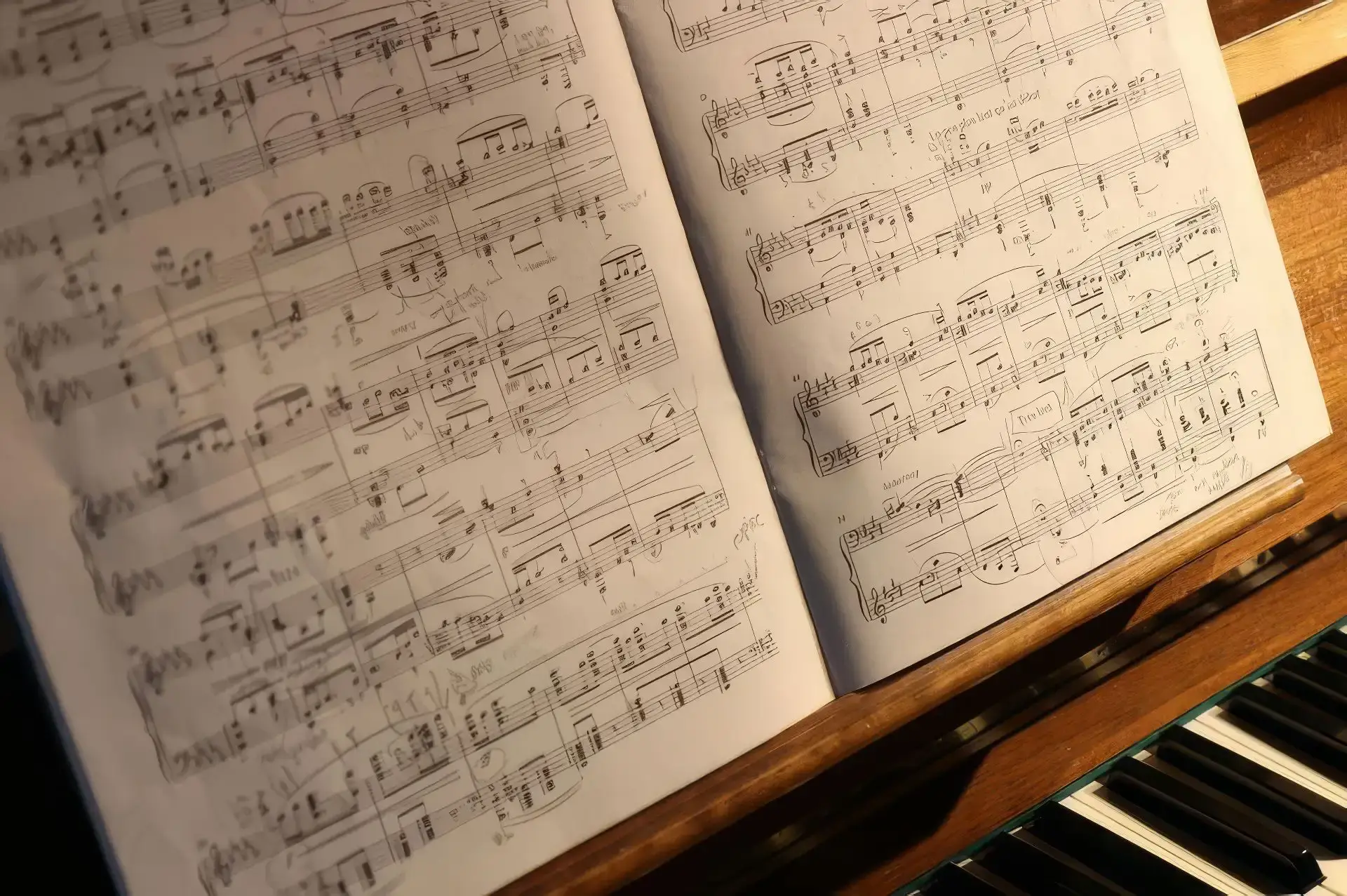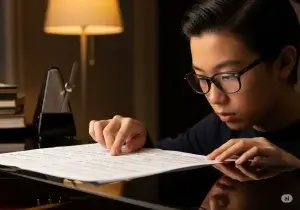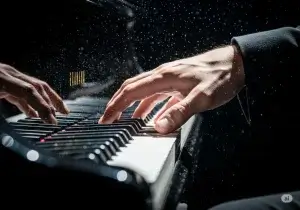Sight reading is one of the most important and useful skills you can have as a musician. The ability to quickly decode notes on the staff in real time, as you are playing your instrument, will pay huge dividends in your musical development and rate of progress.
Whether you want to play Chopin or read lead sheets, sight reading will help you reach your musical goals faster. The guidance of a teacher is always helpful, as a teacher will be able to track your progress and help you with any difficulties you may encounter.
Wherever you are located, this article will give you useful directives on how to sight read effectively. Read on to learn what sight reading is, how to get better at it, and its many benefits.
What Is Sight Reading?
Sight reading is the act of reading and performing a piece of music without previous preparation. Essentially, you are reading and playing music on the spot. That’s it!
How to Improve Your Sight Reading
The best way to improve your sight reading is through consistent practice. Sight reading every day for 5-10 minutes will end up reaping huge benefits after several months.
You have to get used to reading the notes on the staff, to the point where you can immediately identify them upon seeing them. The only way to get accustomed to a note’s location on the staff is by seeing it over and over again in different contexts (i.e. different pieces or exercises). It’s like learning to read a language.
Tips for Effective Sight Reading
1) Scan the piece first
Don’t just jump into the piece; briefly look through it first. You may not have all the time in the world, but noticing things such as patterns (whether repeated rhythms or similar directionality), tricky spots (leaps, hand position changes) will already give you a sense of what you’ll have to do when playing the piece. When you scan through the piece, you’re just getting a general feel for what’s going to happen, so that you’re not completely caught by surprise at any challenging spots.
2) Hear the piece in your head
This will help you a lot. If you can hear how the piece is supposed to sound, you’ll be able to orient your way through it much more easily. So sing it in your head. It will help you feel like you really know the piece.
3) Count in one measure (or two)
A steady pulse is king here. So prepare yourself adequately and count in a measure or two. Choose a speed that you know is manageable for you, i.e. a speed at which you’ll be able to play the piece without stopping.
4) Don’t stop!
You have to keep the piece moving by keeping the pulse steady. If you make a mistake, keep going. What you’re trying to is improve your note reading on the spot, so a few slip-ups here and there are not a big deal.
Important! If you have to stop to gather your bearings and continue, it means one of two things:
- You chose a speed that is too fast for you
- You are attempting to sight read a piece that is above your level
To figure out which one it is, play a few more pieces at the same sight reading level, but at a slower speed. If you’re still struggling, you’ll have to find easier pieces to sight read.
Benefits of Sight Reading
The most obvious benefit of sight reading is that you will be able to learn new music faster. You’ll be able to spend less time doing hands-separately work, less time figuring out the notes, and more time simply playing the piece.
Another benefit that shouldn’t be discounted is the positive effect sight reading will have on your confidence as a pianist. Reading music easily, breezing through simple pieces, learning new pieces quickly – it will all give a huge boost to your self-image as a musician.
But while you are beginning your sight reading journey, it’s important to meet yourself where you are. It’s important to focus on your victories. Practicing sight reading, by its very nature, means that you have to be okay with making mistakes, keep pushing forward, and keep learning. It’s a metaphor for how to best approach any endeavour. You have to enjoy the process.
You’ll be able to look back in a year from now – or even two months from now – and see the rewards daily sight reading practice has gotten you. You’ll notice how reading music is easier than it was before. And it’ll continue to get easier, as long as you stay consistent.
And all this with only 5 to 10 minutes of sight reading every day. It’s only five minutes, and you have five minutes. You can do this!
Another benefit is that you will be able to perform music spontaneously. Someone can put sheet music in front of you, and if it’s at your sight reading level, you’ll be able to work it out on the spot. If you’re accompanying other musicians, you’ll be able to learn pieces or songs quickly if time-pressed for an upcoming performance. There are really no downsides to being a better sight reader.
Conclusion: You Are Now a Seer
Hopefully this guide has been useful in getting you interested in sight reading. By following the fundamental tips and staying consistent with your sight reading practice, you will become proficient at reading music. And when something becomes easier to do, it becomes more fun. You’ll enjoy playing music more than before, and there’s really no greater benefit than that. Good luck!
Sight Reading Resources
Paul Harris – Improve Your Sight-Reading! (book)
FJH – Sight Reading & Rhythm Every Day (book)
Arnoldo Sartorio – Sight Reading Exercises, Op. 45 (1908-9) (free sheet music)
Béla Bartók – Mikrokosmos, Sz.107 (free sheet music)





